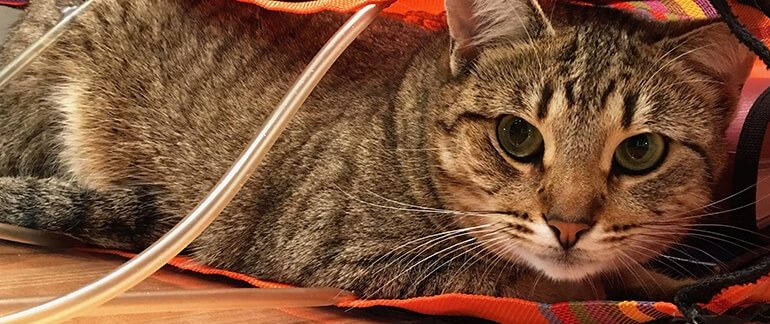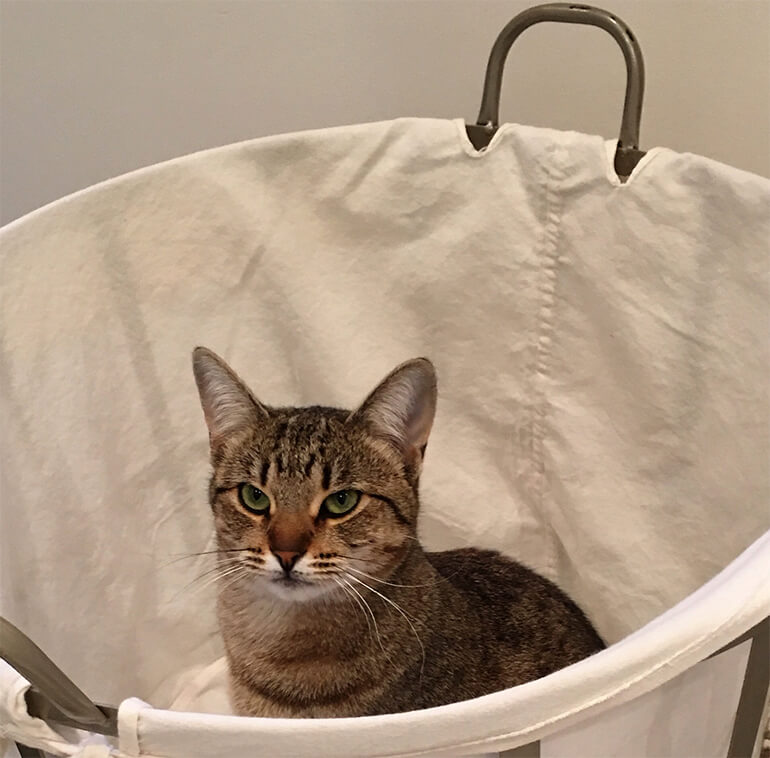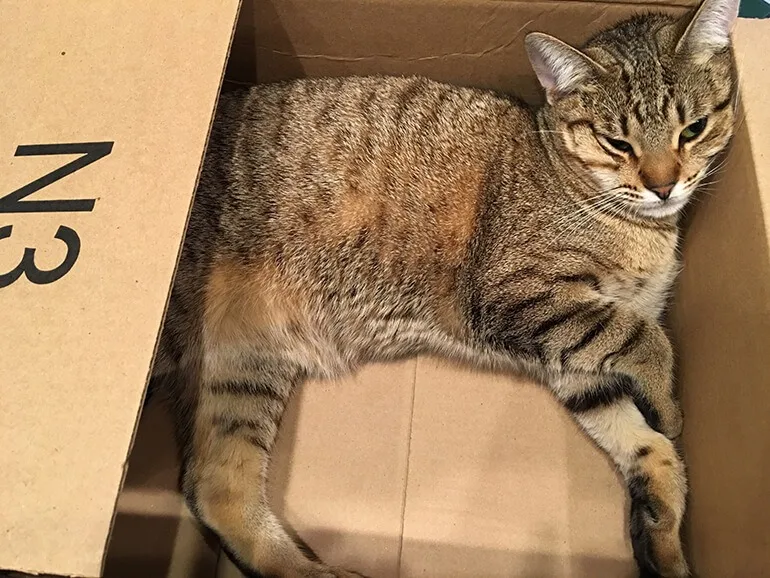
Home Remodel | How To Keep Cat Safety in Mind
February 20, 2017 | Family Life
There’s no denying, moving is stressful. It is stressful for people, and it causes stress in cats. Moving is so stressful that many homeowners decide to stay put and renovate. Keeping cat safety in mind during a home remodel will be at the top of your list whether your remodeling plans include creating a cat-friendly home, replacing drafty windows, or something more extensive.
Create a Cat Safety Room
If you work from a home office, keeping your cat at home during the remodel is a viable option. Help prevent cat anxiety by moving your pet’s food, water, and toys into your office. Relocating the litter box to your workspace might not sound appealing, but at least it will remind you to clear it out once or twice a day.
If you are working away from your home, you may want to consider boarding your kitty. It may sound drastic but, if your home remodel is extensive, this could reduce your cat’s anxiety in the long run.
Choose Low VOC Paints for Your Home Remodel
Volatile Organic Compounds (VOCs) are toxic and potentially dangerous to humans and their pets. The most common products used in home remodels with high VOCs are found in paints and adhesives.
Fortunately, there are plenty of choices for eco-friendly, low-VOC paints, stains, and finishes for your renovation project. These choices are much less toxic than their counterparts.
If your cat suffers from feline asthma, manufacturers like ECOS Paints manufacture paints and coatings formulated for individuals with chemical sensitivities.
Keep in mind, selecting safer paints and coatings is of particular importance in bedrooms. It is important to have healthy indoor air quality where people spend such long hours sleeping.
Clearly, a better choice, using low-VOC paints during your home remodel will be safer for your family, cats, and the environment.
5 Signs Your Cat is Stressed

If you are juggling a full-time job, kids, and remodeling, then you’ll be stressed out too.
Task family members with showing extra affection and attention to your cat.
1. Urinating Outside the Litter Box
A cat that tinkles outside the litter box is typically suffering from stress or an underlying health issue.
One of the most common causes of cat stress is when their environment changes in unpredictable ways.
Loud noises, new smells, and strange people in your home are sure to set off alarm bells. Insulate your cat from these changes to the best of your ability.
2. Decrease in Appetite
Anyone who loves Garfield already knows that cats do not go on diets. If your fluffy friend loses his appetite, it is important to consult your veterinarian. It will probably be due to the disruption happening in your home. However, it could also be due to an underlying health condition.
3. Hiding
Even though cats are often characterized as aloof animals, most cats are sociable— just on their terms. If your cat is hiding under the bed, it might be a good idea to set up her home in a bedroom room during your remodel. Relocate their litter box, toys, water to this room. Also, be sure to turn on a radio or TV to help disguise constructions noises.
4. Excessive Grooming
A kitty grooming itself is such a natural sight that it might be difficult to determine when too much grooming turns into a bad thing. Sure signs are sores or bald spots, but barring those, you probably don’t need to worry too much. Grooming is a natural way for cats to alleviate stress.
5. Aggression Toward People or Other Animals
If your kitty shows aggression towards another animal, the simple solution is to avoid the other animal and keep your cat feeling safe. However, if your otherwise mellow cat starts acting aggressively towards people during your construction project, it’s time to check-in with your cat veterinarian. Starting treatment for pet stress sooner rather than later will result in a better outcome for you and your cat.
Construction Clean Up

Creating a cat safety zone during some phases of your home remodel will be more challenging.
It is advisable to make cleaning up the construction zones at the end of every day a part of your contract with your remodeler.
Doing this will help eliminate dangerous objects to your cat such as nails, staples, or scraps of sandpaper.
So before letting your feline enter the remodeling zone at the end of the work day, double check for poisonous substances such as open glue bottles or paint cans.
Whether you own a famous kitty featured on the #catsofinstagram or your cat is too cool for social media, emergency trips to the vet is an unhappy cat. It is never too early to start thinking about cat safety during your next home renovation project. You know and love your kitty better than anyone else.



